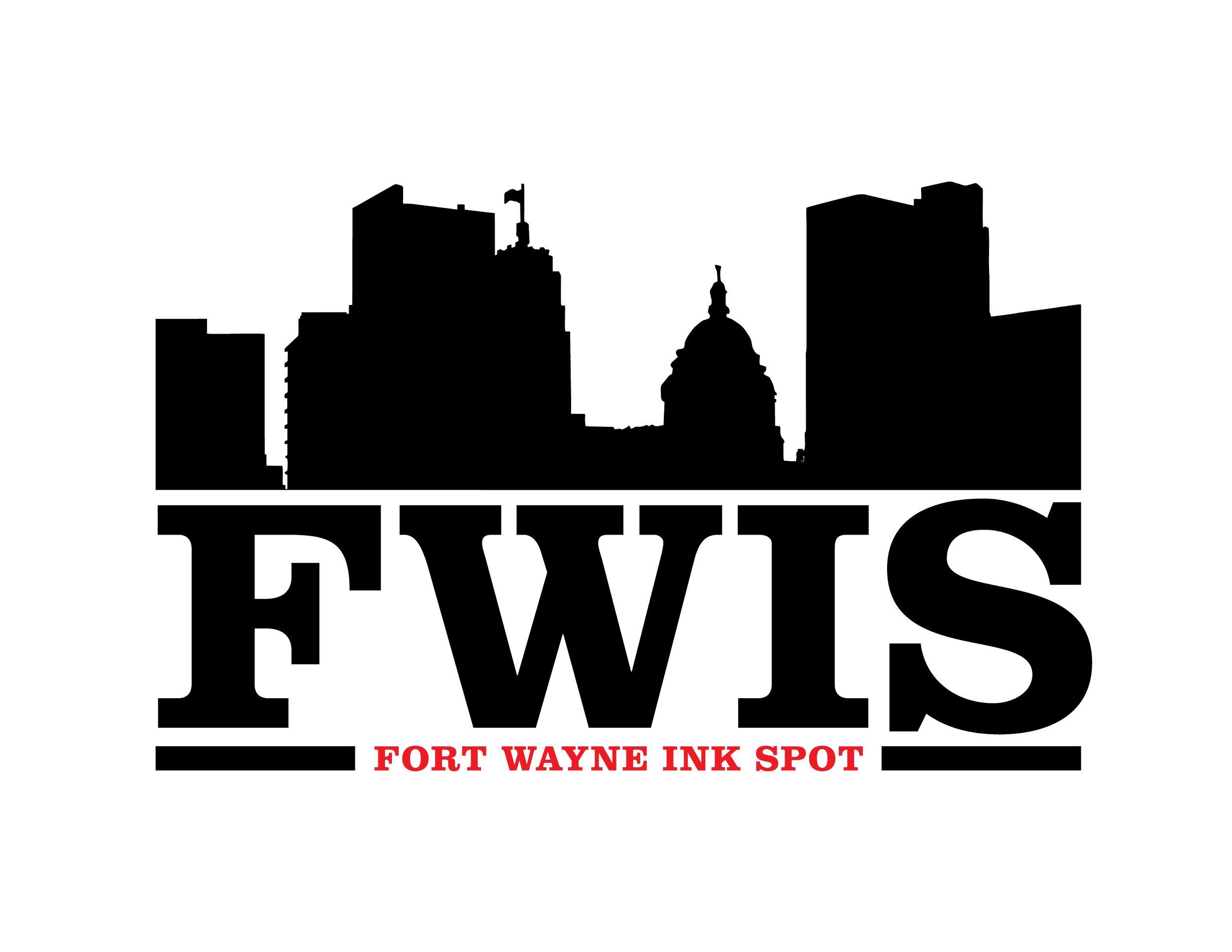In Touch With Transformation In Urban Cities

By Betty Miller Buttram
FWIS Contributing Writer
I recently read an article in The Washington Post about America’s changing cities. Highlighted were the cities of Washington, D.C., New Orleans, LA, Denver, Colorado, and Chinatown in Los Angeles, California. The article told the stories of real estate developers, investors, and city officials creating a different way of living in their cities at the cost of the displacement of cultural communities.
The Southwest Waterfront in Washington, D.C., became a prime target for real estate redevelopment in 2002 because folks in the suburbs wanted to move back into the city. The Southwest Waterfront, as it is now called, was simply known as the Wharf from the early 1950’s until the start of redevelopment. In the 1950’s and until the late 1960’s, there were thriving neighborhoods of rowhouses, public housing projects, churches, public schools, and businesses. The people who lived in the Southwest area of Washington, D.C. were Asians, Latinos, Europeans, but most of the population was African Americans. These were all hard-working folks just trying to keep their heads above water, as the saying goes. The Wharf provided people from the surrounding neighborhoods and other areas an opportunity to come to the fishing boats at the Wharf to get fresh seafood just caught out of the Chesapeake Bay. As a child accompanying my grandfather, it was an exciting experience to go with him and hear the fishmongers bidding all within earshot to come to their boats. Seafood was sold at the supermarkets, but people were skeptical about how long that fish had been on that bed of ice; so, they waited for the fishing boats to come in on the weekends.
Urban renewal began its mission somewhere in the 1970’s. Twenty-three thousand people many who were African Americans were displaced. The Wharf got smaller and smaller until the fishing boats were forced out. Where the Wharf used to be, there is now a complex of hotels, high rise apartments, condos, restaurants, and entertainment venues for those who can afford that lifestyle.
Tremé, New Orleans, LA, is the oldest black neighborhood in New Orleans and its population has diminished due to real estate development. By the 20th century, the neighborhood’s central corridor, North Claiborne Avenue, was lined with more than 100 businesses, most of which were owned by Black families. Then the federal government and city officials approved an elevated expressway to connect Interstate 10 that would run through Tremé’s commercial corridor. Businesses were shuttered and residences demolished, and people never returned. Then Hurricane Katrina crashed into New Orleans and changed the lives of those who lived in the city and those who could not afford to return. The investors who own Airbnbs have these lightly regulated home-sharing sites lining the streets of the neighborhood. These short-term rentals have only made the neighborhood feel less like a community and more like a commercial district.
Elyria-Swansea is a Hispanic neighborhood located on the northside of Denver, Colorado. There was also within Elyria-Swansea, a section called Five Points that was dubbed “the Harlem of the West” because of its impact on African American arts, music, and culture. Almost all the city’s Black residents used to live there, but today they are only 50 percent of the population. According to a coalition study, Denver has also seen more displacement of its Hispanic residents. As Denver has grown more populous and affluent during the past 20 years, the city invested in the neighborhood and the long-overdue infrastructure. The improvements have helped make the areas more welcoming but have driven up property taxes causing many Hispanic residents to leave a neighborhood that no longer exists for them.
The Dynasty Center shopping plaza located off a bustling commercial strip in Chinatown, Los Angeles was once a thriving business for Asian entrepreneurs and residents for more than 30 years or so. Chinatown was once populated by immigrants who arrived from Hong Kong in the 1960’s. They were followed by refugees arriving from Southeast Asia in the late 1970’s and 80’s. There were at least four or five supermarkets. The one and only elementary school was so overcrowded that they had to go on a year-round schedule. Even though the immigrants had low-paying jobs they somehow were able to make some money to buy apartment buildings with two to five units which they would rent out; and they all had thriving store shops within the Dynasty Center shopping plaza.
Then in 2003, a metro stop opened a block from Dynasty Center; two blocks from the metro, expensive luxury apartments began to appear; then skyscrapers overlooking downtown Los Angeles; shopping complexes that once catered to Asian immigrants transformed. New owners did not renew leases and rented instead to other firms. The properties that the Asians brought back in the 70’s and 80’s under a 30-year-old covenant to keep their rent from tripling expired. The older generation was dying. Their children did not have the desire to be landlords, so they sold off the properties that they had inherited and went to live in the suburbs. A real estate company, Redcar Properties, bought the Dynasty building in 2021 for $29.5 million, and the vendors figured it was only a matter of time before they would have to leave.
Things do not always remain the same. Let’s not take anything for granted. Money talks and moves people from their comfort zones. Happens all the time.
